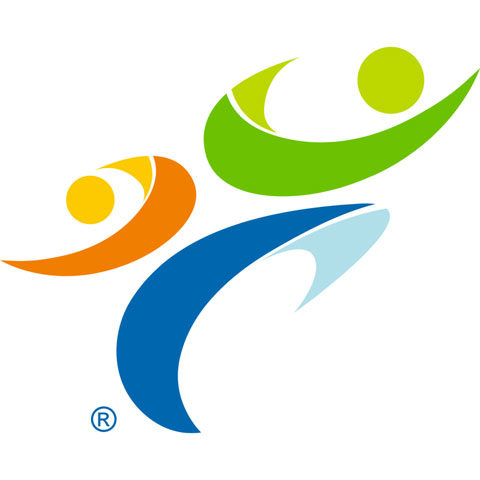Freddy Siegenthaler published an article about our sport in the 1/2024 issue of “tennis SPORT” magazine. A passionate tennis player and experienced tennis coach, he found his way to BailongBall a long time ago. His description of the sport and his experiences make this article an interesting read, not only for tennis players. His concise comparison of the two sports, tennis and BailongBall, also helps with understanding and orientation. And now in his words: It’s a bit like dancing with a ball and racket: BAILONGBALL PLAYERS practice their sport with flowing, arching movements. You can play for points or just enjoy the relaxation and flow.
When our Taiji teacher in Bottmingen Castle Park in the spring of 2012at the end of the lesson,
presented a racket with soft strings and a sand-filled rubber ball, it was immediately clear to me as a coach what potential and appeal Taiji BailongBall has. Also and especially for tennis players, whose body movements in training and matches have little to do with harmony, relaxation and teamwork. The flowing, arched movements of BailongBall, as the sport has been called since 2019, train the ball and body awareness, release cramps and are perfect as an inclusive sport, as well as for your balance.
More than 30 years ago, this racket sport was invinted by the Chinese Prof. Bai Rong. In 1991, the amateur boxing coach translated the pursuit of harmony, which is deeply rooted in Chinese culture, into a moving form tying in a piece of sports equipment. The soft surface of the racket intercepts the trajectory of the ball with a swinging movement. Once the ball merges with the racket, it only leaves it again, when the player wants it to, leveragin centrifugal forces in the process.
There are three ways in which BailongBall can be played:
∞ Art is a dance with racket and ball.
∞ Game is a game between people with or without keeping score.
∞ Freestyle is a combination of Art and Game: the search for flow.
I have been teaching this sport as a trainer in Brugg, Switzerland, since spring 2013. My training group meets once a week. In the lessons, the game in pairs with or without a net is central, but I consistently use art exercises to improve individual technique.
To use BailongBall correctly in tennis, it is important to know the differences between the sports. BailongBall rackets are much lighter and easier to handle than tennis rackets. Instead of a tight stringing, the bailongball racket uses a membrane. Although the balls are similar in size and weight to tennis balls, they are inert due to the sand inside, which allows the special playing style.
As a tennis coach, I use BailongBall exercises as a warm-up program in camps, ball school and kid training. Practicing that sport, which is also called Roliball, also helps in psychological counseling. For spontaneous practice and pure relaxation, Prof. Bai Rong has also invented BaiLo, the little sister of Bailongball, so to speak. Thanks to the compact shape of the rackets (12.5 cm x 32 cm) and the smaller ball, it is possible to take BaiLo with you wherever you go and play – even on your own.
I always have my two small purple BaiLo rackets and a small rubber ball with me and take every opportunity to play alone with two rackets or sometimes in pairs somewhere in nature. As my daughter Aline spontaneously said during our last BaiLo game in Margarethenpark in Basel: “It just makes you happy!”

Es fühlt sich gut an, wie Freddi Bailongball beschreibt. Herzlichen Dank dafür.
gefällt mit gut